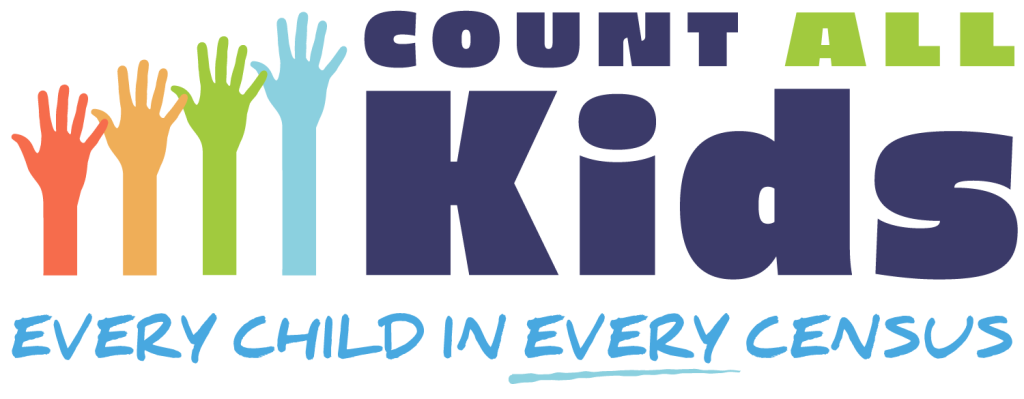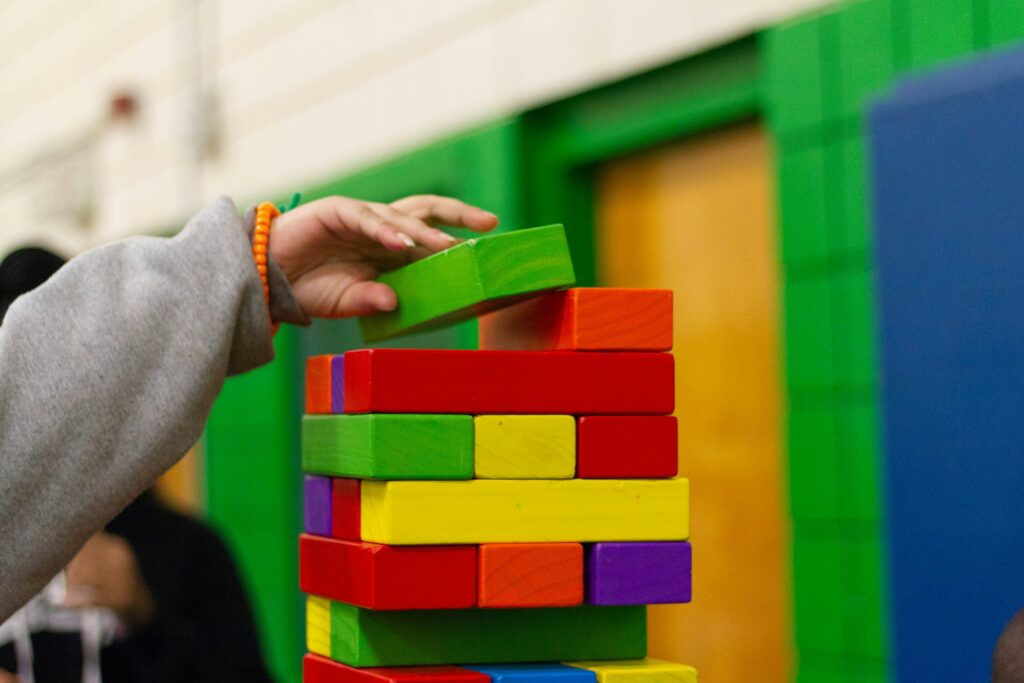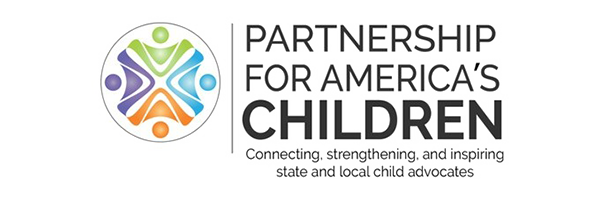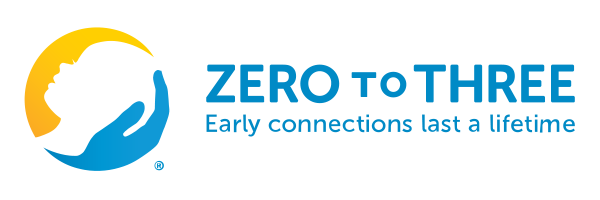The 2030 Census Advisory Committee was scheduled to meet April 3 and 4. It had a working group that was created to provide recommendations on how to improve the count of young children. That Committee has now been terminated.
Therefore, instead of offering our recommendations for what the Bureau should be doing to improve the count of young children in 2030 to the Committee today, we are offering them here.
The count of young children has been getting steadily worse since 1980, even as the count of other age groups has been getting steadily better. Research by Dr. William O’Hare shows that there is almost no correlation by state between the coverage of young children and coverage of the total population. Clearly, there is something significantly different about counting young children that needs to be addressed. The Bureau must use new strategies to improve the count of young children if it wants to reverse this trend. Because of the size and intransigence of this problem, the Bureau needs to test innovative and bold strategies; tweaking older approaches is unlikely to make significant change.
Strategies To Include in the 2026 Census Test
The Census Bureau plans to conduct the first of two big Census tests in 2026. There are a number of strategies which we recommend the Bureau include in that test. The Coalition on Human Needs spelled out the details of these strategies in response to a federal register notice. Approaches that might improve the count of all undercounted communities are also useful, but it is essential to test strategies that focus on young children.
- Test a procedure to add young children left off the household roster by identifying them with administrative records. We believe that it is essential to test this approach using state administrative data, including Medicaid, WIC, SNAP, and other benefits, as well as federal data such as tax records and Social Security. Many low-income families access such benefits programs but do not file taxes (because their income is too low to require it) and may not file for a Social Security number for their infants immediately because they don’t need it for a tax return. It is important to test the effectiveness of this approach in the 2026 test to determine whether it should be used in the 2030 Census.
- Test the efficacy of an Every Door Direct Mailer (EDDM) in selected neighborhoods at high risk of not counting their young children, focused on urging people to count their young children in the 2026 Census Test. Our research has shown that many parents are not sure young children are supposed to be included in the Census count. This EDDM should make that crystal clear.
- Test whether using Early Child Integrated Data Systems (ECIDS) data is an effective and efficient strategy to identify and add missing young children to rosters.
- Test training units for enumerators on counting young children and evaluate them compared to control groups.
- Test whether letters from schools and from benefits agencies such as SNAP, Medicaid and WIC, urging people to include their young children, will improve the count of young children. Also test letters from child welfare agencies to foster parents.
- Test whether it is feasible to use child welfare agency records to count young children in out-of-home placements at their placement site.
Strategies That Can Be Tested in Other Ways
The Bureau also has some other ways to test new strategies for counting young children.
- Use focus groups and surveys to test messages to see what inhibits parents from counting their young children, and what messages persuade parents to respond and count their kids. Also test what prevents grandparents and other family members from counting young children that live with them, and what messages will persuade them to count them. The Bureau is planning a series of public opinion research tests; those tests must include these questions. The Census Bureau should analyze the 2020 Census tracking survey to get more precise data on the characteristics of households most likely to leave a young child off their census roster and hone messages for those groups.
- Use the Household Trends and Outlooks Pulse (HTOPS )survey to test variations on wording questions and information on the Census form. For example, the Bureau has used that survey to test other ways to ask about the age of children who are less than 12 months because we know parents often answer the number of months instead of 0 years. It can be used to test other aspects of the census form that affect young children.
- Use the Bureau’s Small Scale Test program to test some of the items we also suggest for the 2026 Census test. Notably, since that program is already testing an Every Door Direct Mailer, use it to test messages about counting young children.
- Research new ways to count young children. For example, analyze whether the nearly 18,000,000 people who used the “non-ID” response option (a new option in 2020 that allowed people to respond even if they didn’t have the ID assigned to their house) included many households with young children. If that was a productive way to improve the count of young children, test how to increase the number of households that use it.
- Evaluate the coverage edit used in the 2020 Census, asking directly about young children, to determine whether that improves the count of young children, and if used in the 2026 tests, also evaluate it there.
The bottom line is summed up well by a recent recommendation from the National Advisory Committee to the Census Bureau (page 8):
“The current methods employed by the U.S. Census Bureau to identify and count young children have not worked. The problem is getting worse. The Census Bureau needs to test new methods, operations, and strategies to improve the undercount of young children. Such changes need to be well-tested before they are used in the 2030 census.
11. Recommendation: the NAC Recommends that the U.S. Census Bureau report to the NAC and the public on what they plan to do differently in the 2030 census to improve the count of young children and what research and testing will take place to inform operations,”








